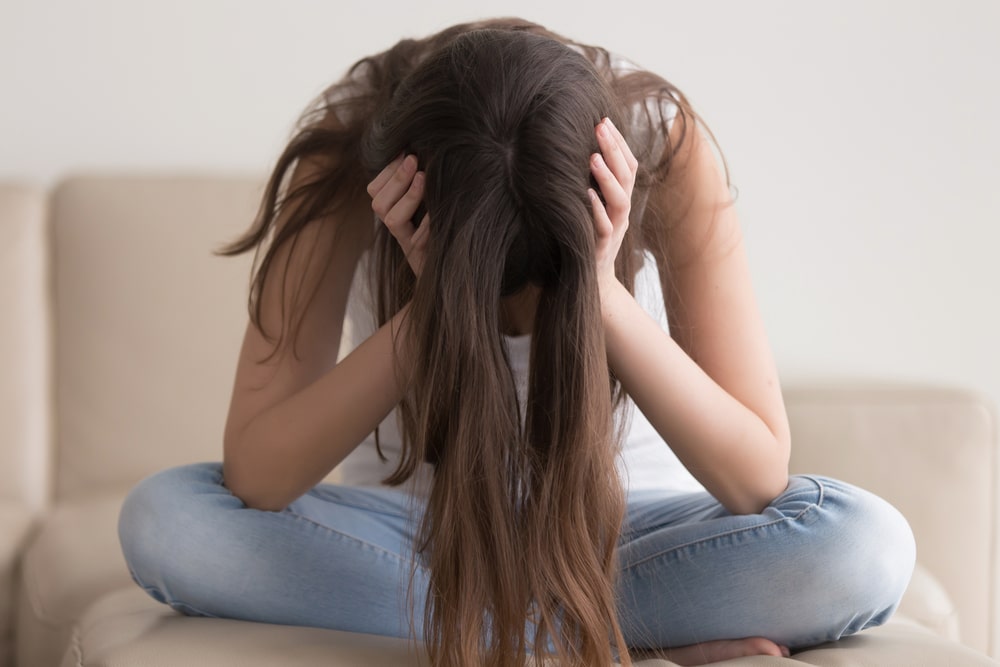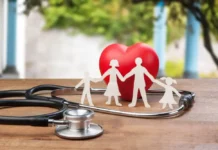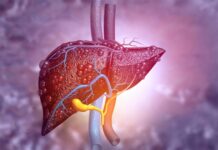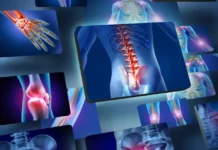Vidya Sethuraman
India Post News Service
The Covid-19 pandemic had an enormous impact on teen and young mental health. U.S. Surgeon General Vivek Murthy released an advisory Dec. 7 noting that symptoms of depression and anxiety have doubled during the pandemic, with 25% of youth experiencing depressive symptoms and 20% experiencing anxiety symptoms. Emergency room visits for youth experiencing psychosocial issues have also jumped by 20%.
Speakers at the EMS briefing on Dec 10 presented an overview of the crisis, along with perspectives from some especially vulnerable populations. This news briefing was presented in collaboration with the California Department of Public Health.
Ulash Thakore-Dunlap, MS, Marriage and Family therapist and board member, My Sahana pointed out that although the mental health problems of African-American and Latino and Indigenous adolescents during the epidemic period are serious, Asians are the most affected and resource-poor ethnic groups, including the language barriers of many Asian new immigrant families, and the Asian culture’s shyness to talk about and publicize the psychological and spiritual problems of adolescents, which makes it difficult for Asian adolescents with mental illness to get effective help, resulting in a sharp increase in self-harm and suicide.
Dr. Lori Turk-Bicakci, Senior Program Director for Kids Data, an initiative of the Population Resource Bureau said that emergency room visits for attempted suicide by girls increased by 51 percent, and 40 percent for boys, beginning in May of 2020. “This really feels like a crisis,” stated Turk-Bicakci. She noted that even before the pandemic, not all youth were able to get the services they needed for their mental health conditions. “And now the need is even greater. Mental health providers have been inundated with referrals.”
Michelle Doty Cabrera, Executive Director, County Behavioral Health Directors Association said that amid the pandemic, children were often in homes where there is neglect or domestic violence. We didn’t know that they were in trouble unless they somehow figured out a way to reach us.”“People with behavioral health conditions, it’s as normal a thing as experiencing a broken arm or having any other health condition. And so I would just encourage us all to really support young people, listening to them about what they need.







